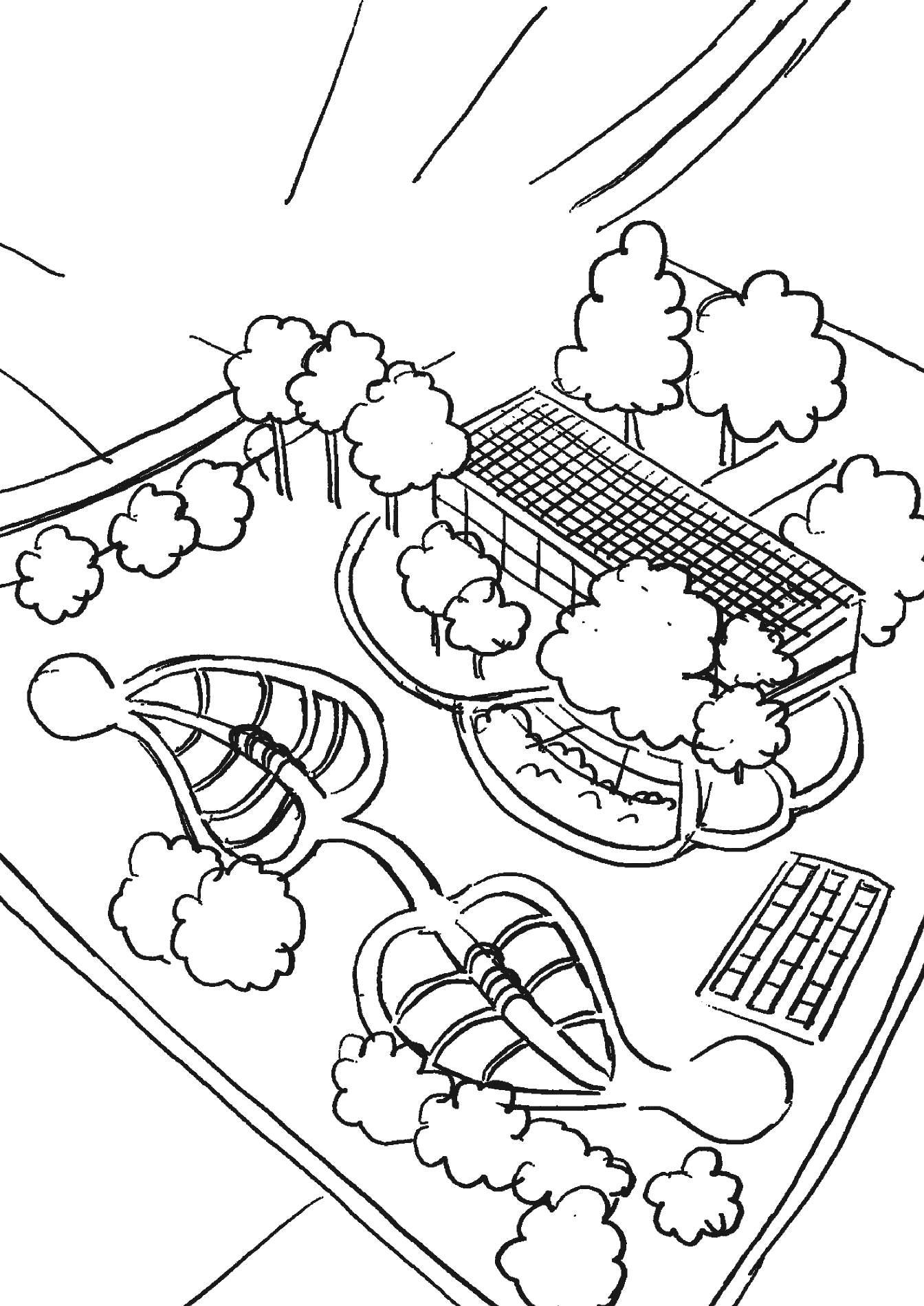

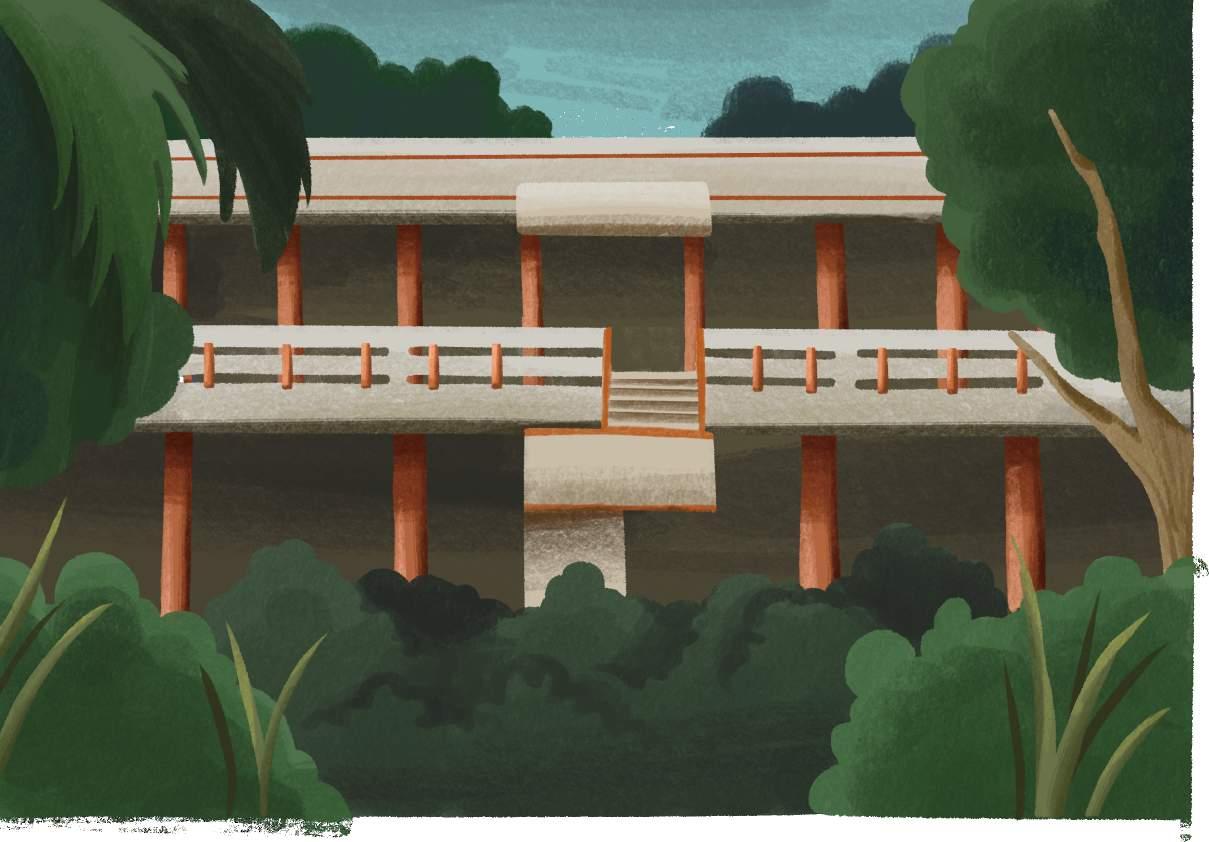

一、
I Project Origin and Objectives
計畫緣起與目標
Zhengyi Elementary School in Cai Pu Li, Budai Town, Chiayi County, was established in the 51st year of the Republic of China (1962) . It is located at the geographical center shared by various villages, becoming the most important nurturing center for multiple settlements and marking the collective memory and the starting point of industrial culture for all villagers. Thirty years ago, a sharp decline in the number of students led it to become the first school on the Chianan Plain to be closed. The closure of the village school dealt a heavy blow to the local area, accelerating the outflow of the village population. Today, although 400 people are registered as residents, only about 200 actually live there. Due to lack of management, the school campus became an overgrown wasteland. Many drug addicts hid and used drugs there, and the site, entangled with weeds and vines, became a haven for pests for the surrounding 187.8 hectares of farmland. This led to a yearly increase in pesticide use, creating a vicious environmental cycle.
嘉義縣布袋鎮菜舖里「正義國小」成立於民國五 十一年,位於各庄頭共同的地理中心,成為多個 聚落最重要 育成中心,也是所有村民的共同記憶 與產業文化起點。 在 30 年前學童數銳減,而成為嘉南平原第一所 遭 到廢校的小學。村校被廢後對地方造成重擊, 加速村莊人口外流,如今在籍人口 400 人,實際 居住只剩 200 人,更由於缺乏管理,校園成為荒 煙蔓草的廢墟,許多癮君子躲藏在其中吸毒,加 上雜草與爬藤類纏 繞於內部廢棄物,成了周邊 187.8 公頃農田的害蟲避風港,導致農劑用量逐 年攀升,造成環境惡性循環。
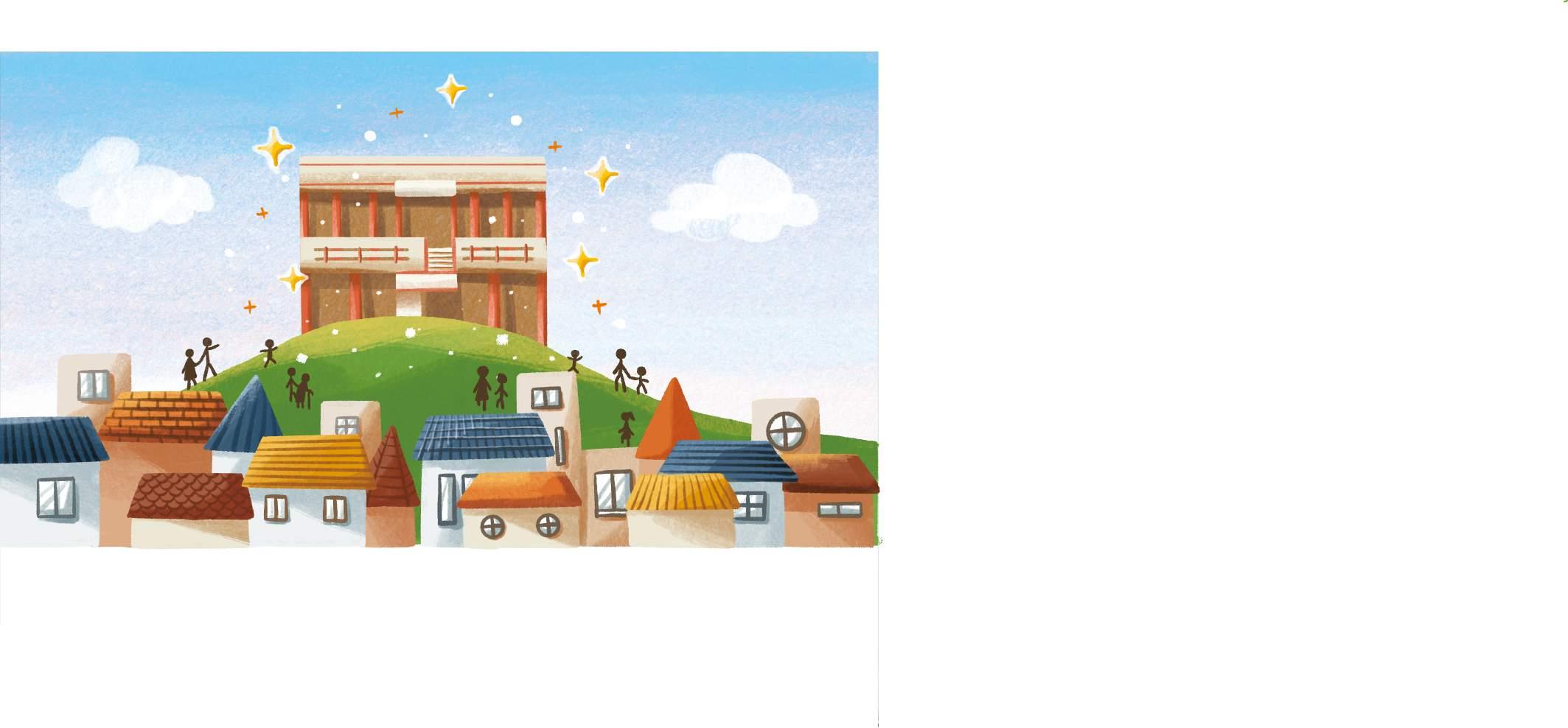
lying idle for 30 years, it was finally revived in 2019
正義國小遂從孩子 喧鬧的樂園,成為地方治安及環境的死角,讓所 有校友鄉親覺得十分不捨與痛心,閒置 30 年後 透過水 土保持署農村再生計畫,終在 2019 年「收 復失土」讓廢校重生。 以貼近社區居民生活需求,建立社區自主運作模 式,營 造生態保育與高齡照護、友善農業的發展 基地,實踐人與自然共存共榮的環境,並開啟老 中青三代的新互助生活。
the Soil and Water Conservation Bureau's Rural Regeneration Project as part of the effort to "recover lost land."The project aims to meet the needs of community residents, establish a community-led operational model, and create a base for ecological conservation, elderly care, and friendly agriculture. It seeks to practice an environment where humans and nature coexist in harmony and to start a new era of mutual assistance across generations – old, middle-aged, and young.
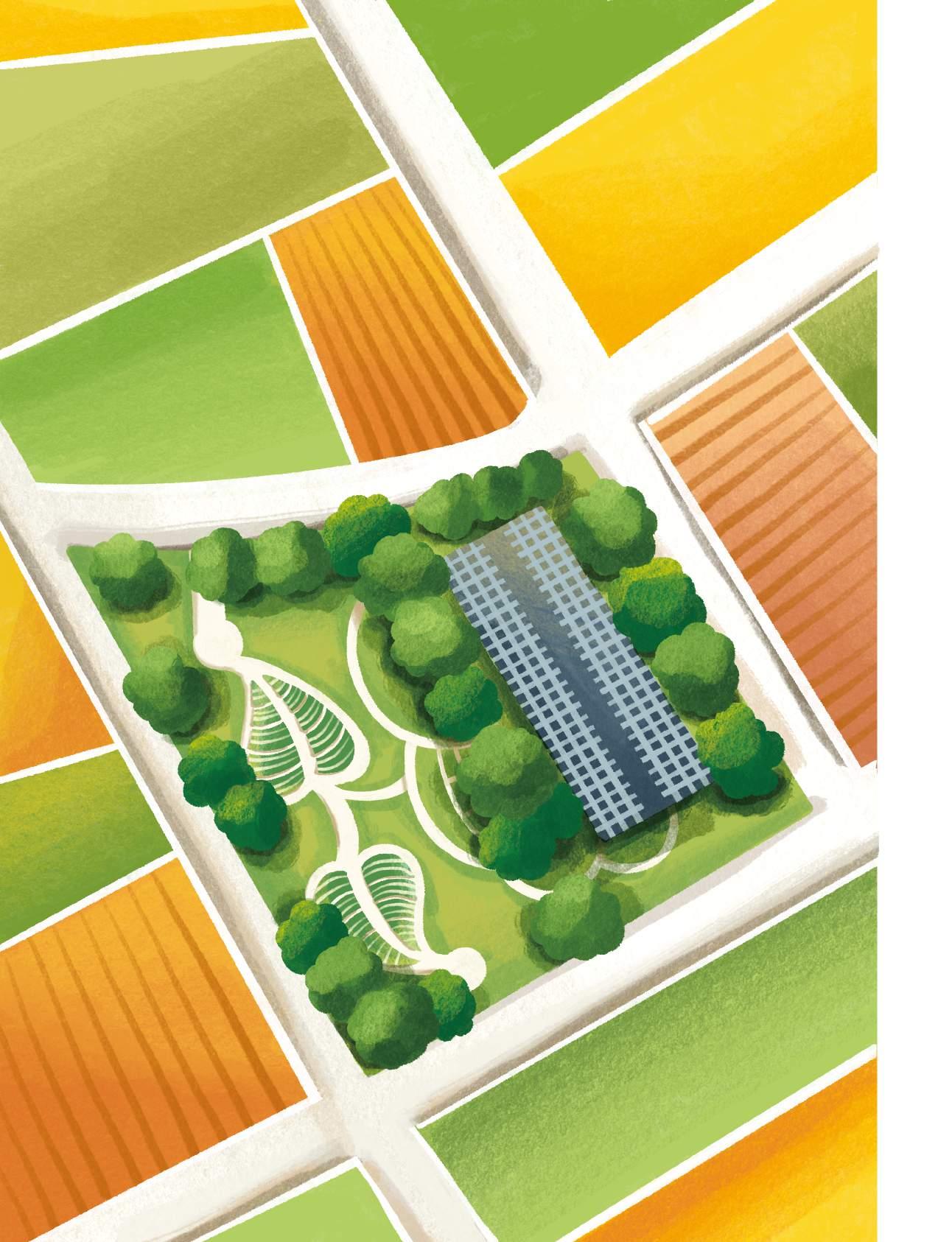

二.地理位置
II Geographic Location
正義國小位於菜舖社區內嘉23鄉道旁,是台 灣第一個平地廢校的國民小學,面積有8,054 平方公尺,且是居民必經的主農務之地,周邊 農田面積約187.8公頃。
Zhengyi Elementary School is located in the Cai Pu community, beside the Jiā 23 Township Road. It is the first elementary school in Taiwan to be closed on flat ground. The school occupies an area of 8,054 square meters and is situated in a prime agricultural region, essential for the local residents' farming activities. The surrounding farmland covers an area of approximately 187.8 hectares.
三.設計理念
III Design Concept
延續吉園圃友善農業概念 藉由象徵農業的對葉形象,形 塑耕作地景,貫徹 友善農業的精神。大區域作為長照自 給自足,維 持蔬果、供餐、香料穩定供應,中區域為社 區體 驗與導覽,多梯次需求服務,小區域供友善農業 推 廣示範,透過兩側較遠的區域,減少試驗所形 成的影響 因子,作為飲食安全的檢試示範。
Continuing the concept of Good Agriculture Practice (GAS), the design uses the image of a leaf, a symbol of agriculture, to shape the cultivated landscape and embody the spirit of friendly farming. The larger area is dedicated to self-sufficient long-term care, ensuring a stable supply of vegetables, meals, and herbs. The middle area is designated for community experiences and guided tours, serving diverse, multi-tiered needs. The smaller area is reserved for the promotion and demonstration of friendly farming practices. By utilizing areas farther from the center, the design minimizes the impact of experimental factors, serving as a demonstration zone for food safety testing.
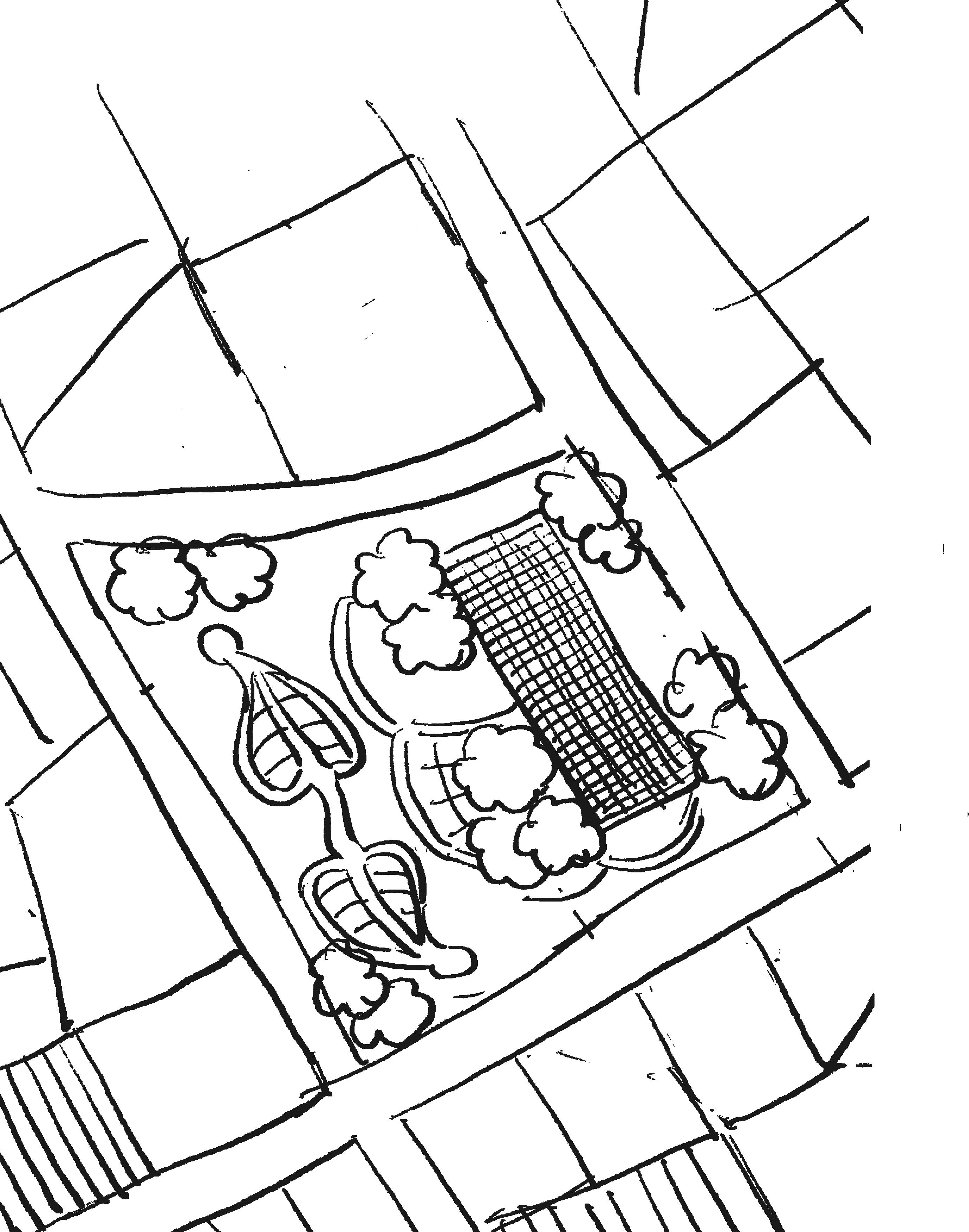


(I)Recycling of Waste Materials for Eco-Friendly Animal Farming
.Utilizing the durability of waste materials and minimizing energy and resource consumption, the project involves constructing nesting boxes and insect observation units.
.Capitalizing on the symbiotic relationship between bats, which consume large quantities of insects, and the role of insects in the ecosystem, this approach helps reduce the number of mosquitoes, flies, and agricultural pests in the community, fostering more friendly interactions among various species.


活用廢棄物材料耐候之優點以及消耗最少能源及資源,加工構築 生物巢箱與昆蟲觀察箱,透過家蝠大量取食昆蟲與昆蟲片利共生 的習性,有助減少社區蚊蠅及農業害蟲的數量,也能為生物帶來 更多的友善互動。廢棄物在利用,營造鍬形蟲、獨角仙、喜鵲、
.The repurposing of waste materials encourages the congregation of diverse species like stag beetles, rhinoceros beetles, magpies, long-tailed tits, and Japanese white-eyes, enhancing the ecological diversity of the area.
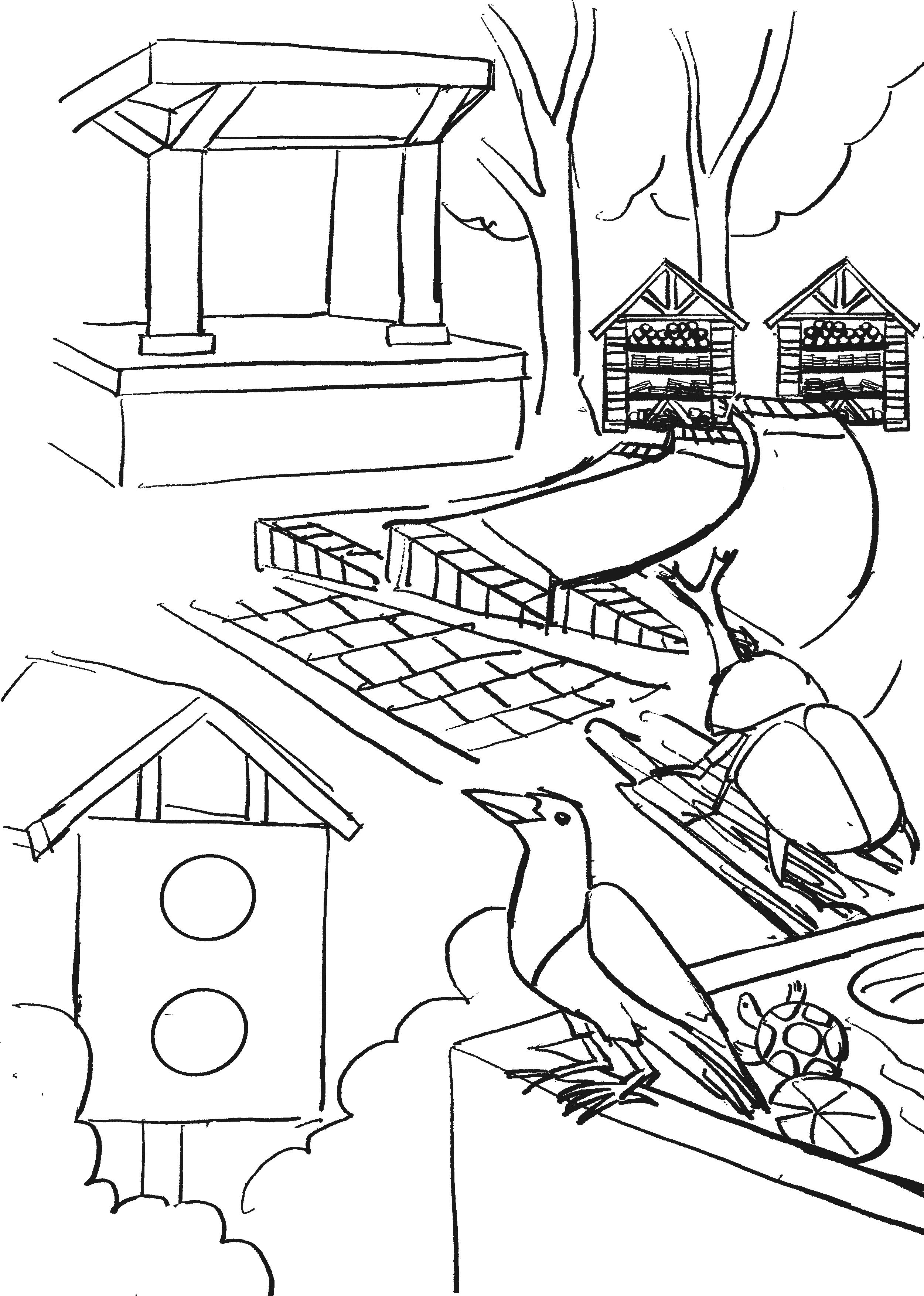
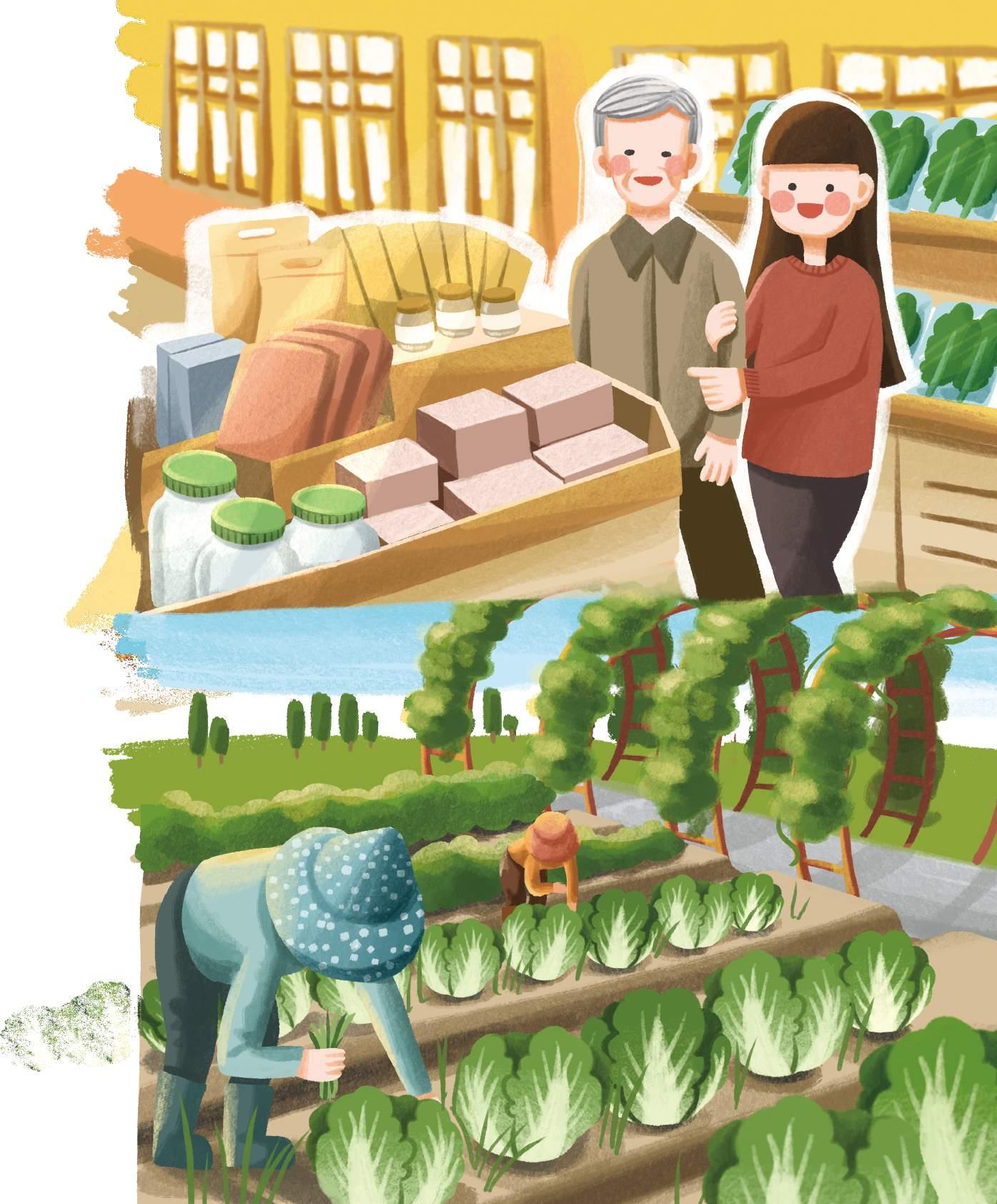

(II)Soil Balancing and Construction of Natural Outdoor Classrooms
.Implementing soil balancing and using green building materials to reduce carbon emissions by 86%, the project has transformed the site into a multi-layered outdoor classroom.

.This space serves as a platform for diverse agricultural and food education, strengthening the connection between food culture, land, and society, and encouraging the transformation of the surrounding 38 hectares of agricultural area.
.The refilling of original soil allows for the return of earthworms and ants, contributing to carbon fixation and promoting plant growth, thereby increasing soil carbon retention.

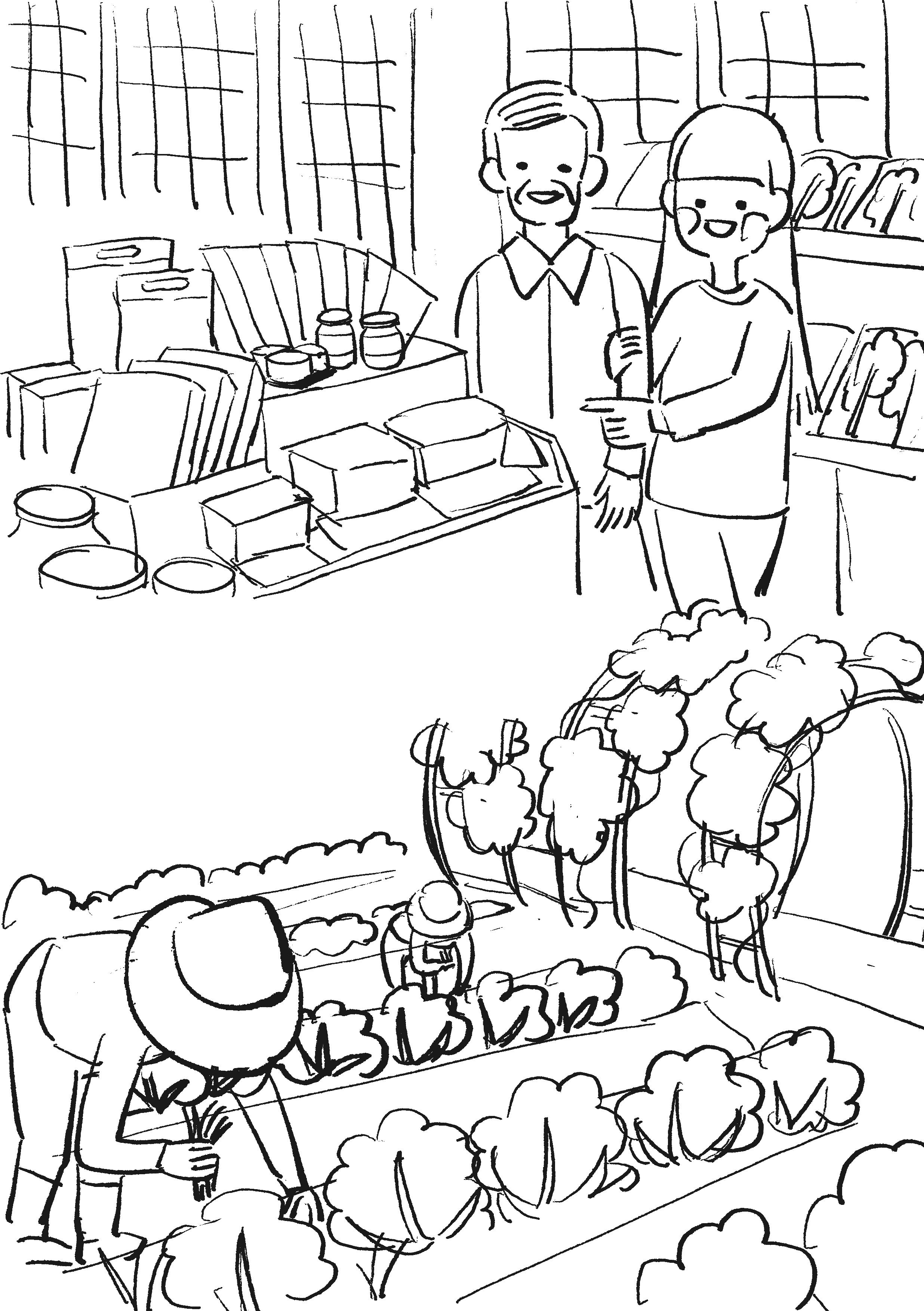


(III)Adapting to Large Trees, Maintaining an Eco-Friendly Environment
.By appropriately preserving 53 existing large trees as key spatial elements, the project fosters the interdependence of climate, soil, and wildlife.
.It creates an environment with a green cover rate of 75.8% and a permeability rate of 84.6%, offering a mutually beneficial and coexistent habitat for various species.
.The irrigation water for the vegetable garden forms ponds, restoring habitats for frogs, dragonflies, and turtles.
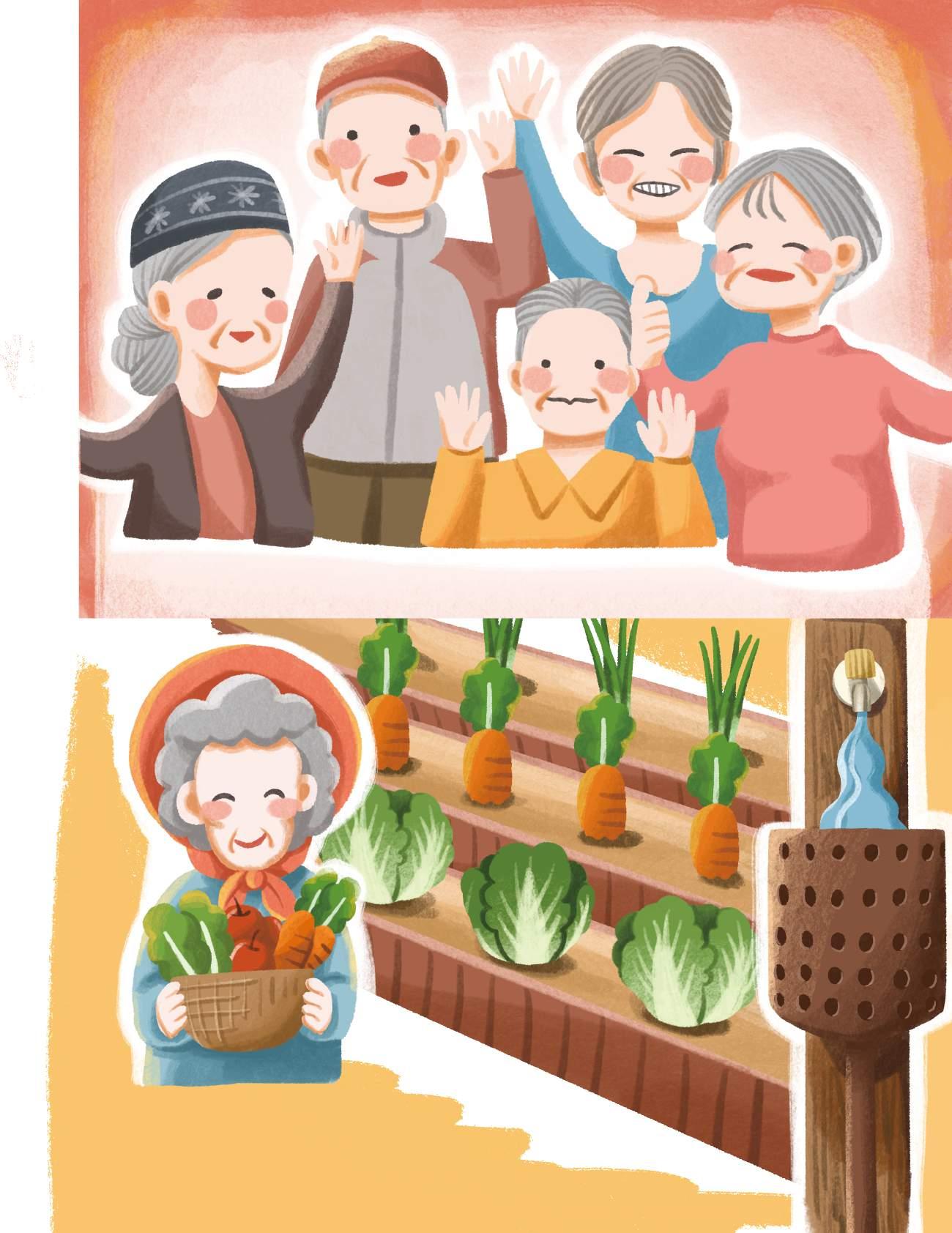
(IV)User-Friendly and Barrier-Free Design


.Incorporating rounded curves, flat interfaces, and permeable materials, the project ensures that the entire 8,000 square meter area meets accessibility needs without barriers.
.This design also integrates irrigation channels, weather-resistant expansion joints, non-slip pathways, and flood-resistant permeable surfaces, making it functional and safe for all users.
IV. Project Benefits
四.計畫效益
(I).Revival of the Abandoned School and Envisioning a New Future
(一)廢校重生,擘劃廢校新願景
The reconstructed campus promotes elderly long-term care, food and agricultural education, and agricultural production and marketing. It integrates a feedback mechanism from local farmers, enhancing participation and developing marketing strategies and educational tours from January to December. This approach ensures extensive use of the area in both care plans and agricultural promotion, driving the monthly ecological and friendly agricultural tourism revenue of Cai Pu to one million NTD. The friendly agricultural garden allows seniors and children to engage in farming, exercising, and playing without barriers.
重建的校園推動高齡長照、食農教育與農業產銷,同時納入 農友回饋營運機制進行擴大參與,共同發展1至12月的基地 行銷攻略及食農教育遊程辦理與推廣,使場域不論在照護計 畫或農業推廣都能獲得廣泛的使用,帶動菜舖生態友善農業 的觀光產值每月100萬元。且友善農業菜園讓長輩和小朋友 在耕作、運動、玩耍都有愛無礙。


Management Learning
管理 學習 健康
Health
Sustainable farming
友善耕作 自我照顧
(二)跨域整合,有愛無礙
(II).Cross-Domain Integration, Barrier-Free Environment
形塑一個共好的社會關係,達到友善、支持、尊重最大身心健康的機會,同時消除所有高低差的存在 ,讓行走的人有充裕的寬度及順向與逆向時都有舒適且順暢的動線轉換空間,無形中也能消除行人行 走的窒礙性,使空間容許不同能力和年齡的使用者,在安全和舒適的環境下學習、探索和體驗。
The project fosters a harmonious social relationship based on friendliness, support, and respect. It eliminates all height differences in walkways, providing ample width and smooth transitions for both forward and reverse movements, thus removing pedestrian travel obstacles. This inclusive design allows users of all abilities and ages to learn, explore, and experience in a safe and comfortable environment.



(III).Youth Returning to the Village, Initiating a New Mutual Aid Life Across Generations


Returning young farmers participate in the operation and feedback of the site, sharing social responsibilities. They supply 1,500 Taijin (900KG) of local fruits and vegetables each season for the friendly garden area, reducing the cost of care meals from 60 to 32 NTD, significantly lowering care expenses. This allows two-thirds of the elderly villagers to stay in their familiar surroundings, turning grandparents into 'classmates' who share meals, farm together, and take care of each other. This not only demonstrates the impressive willpower of an aging village but also revitalizes the energy of the elderly, reducing the social burden.
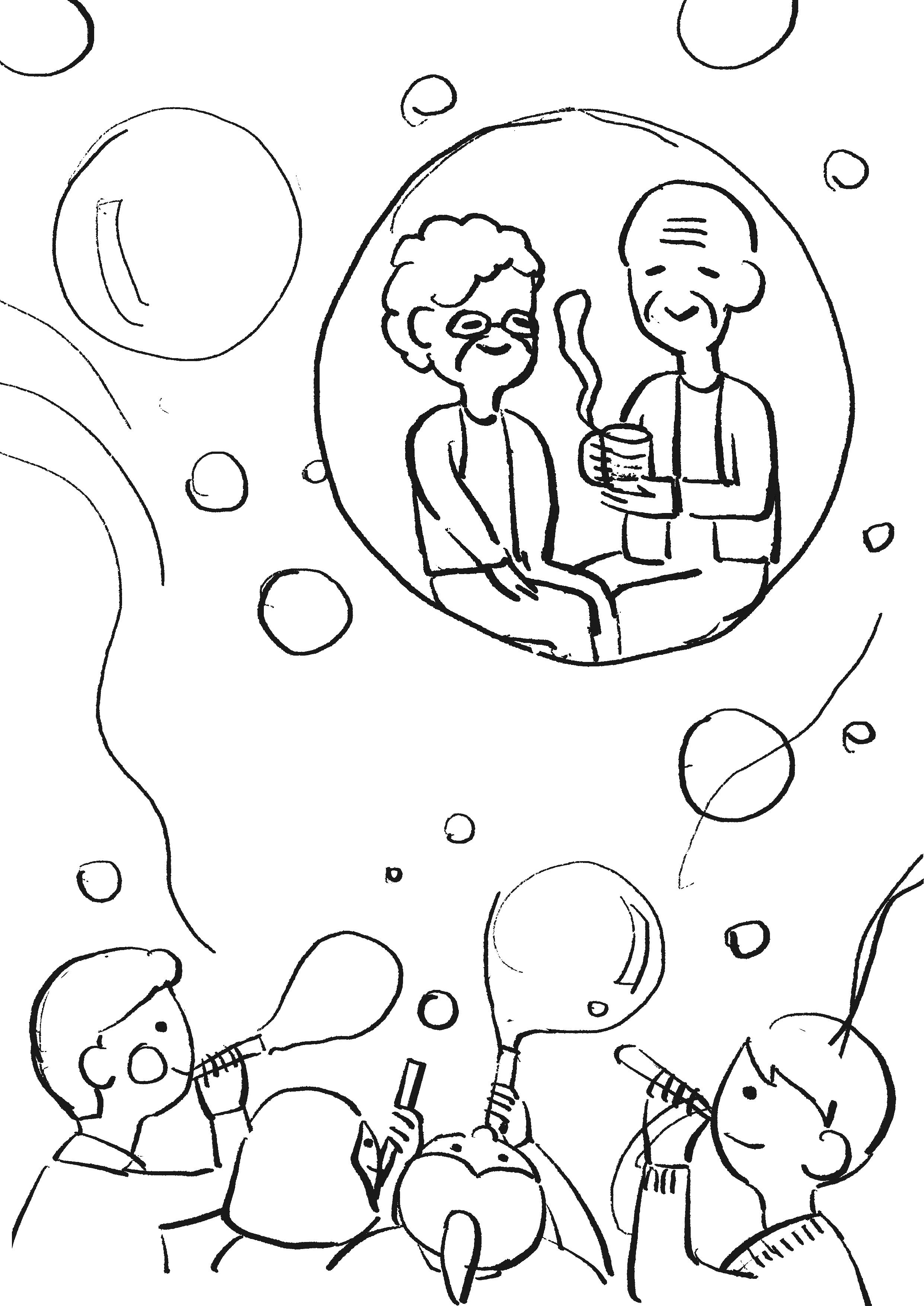
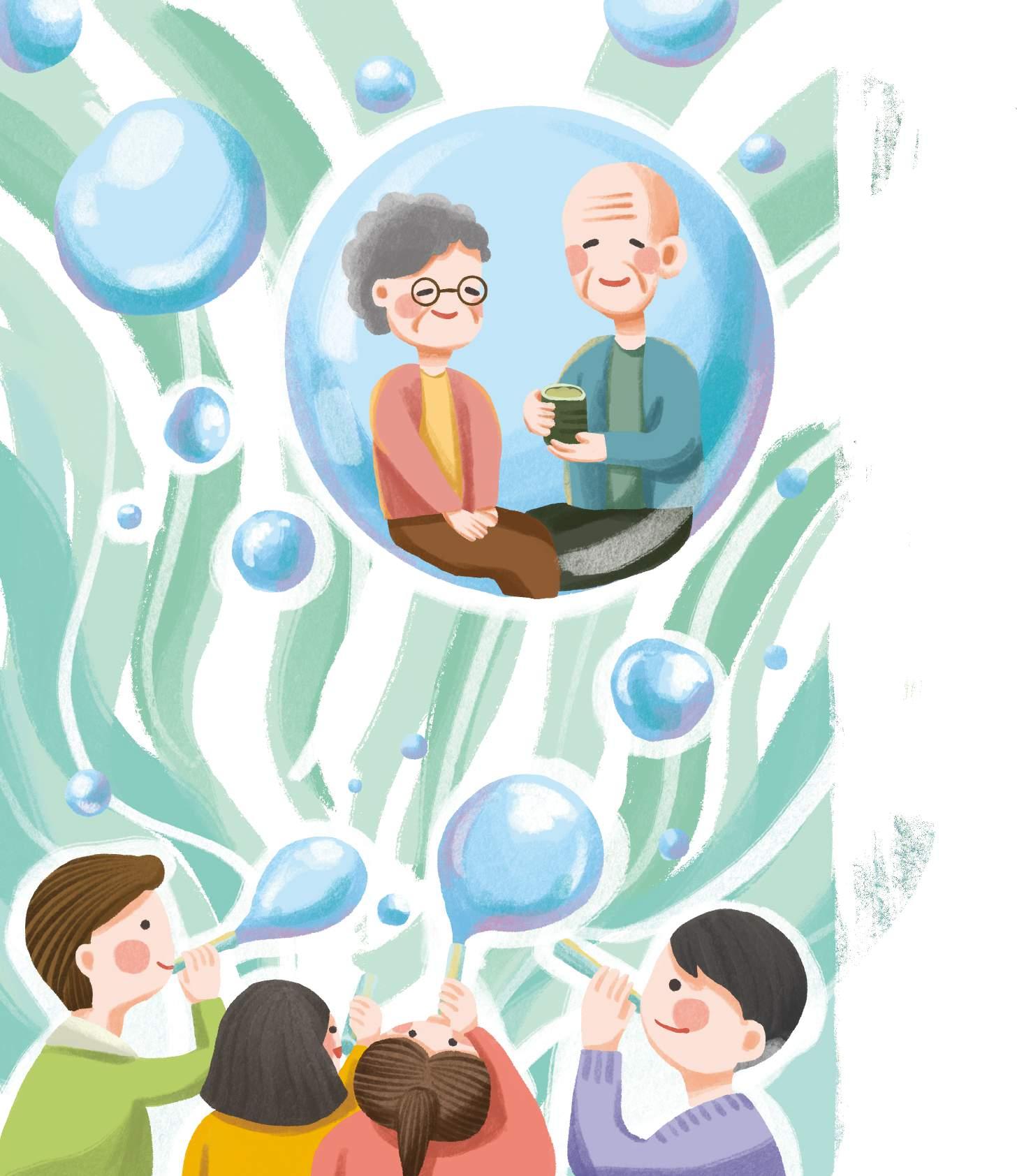
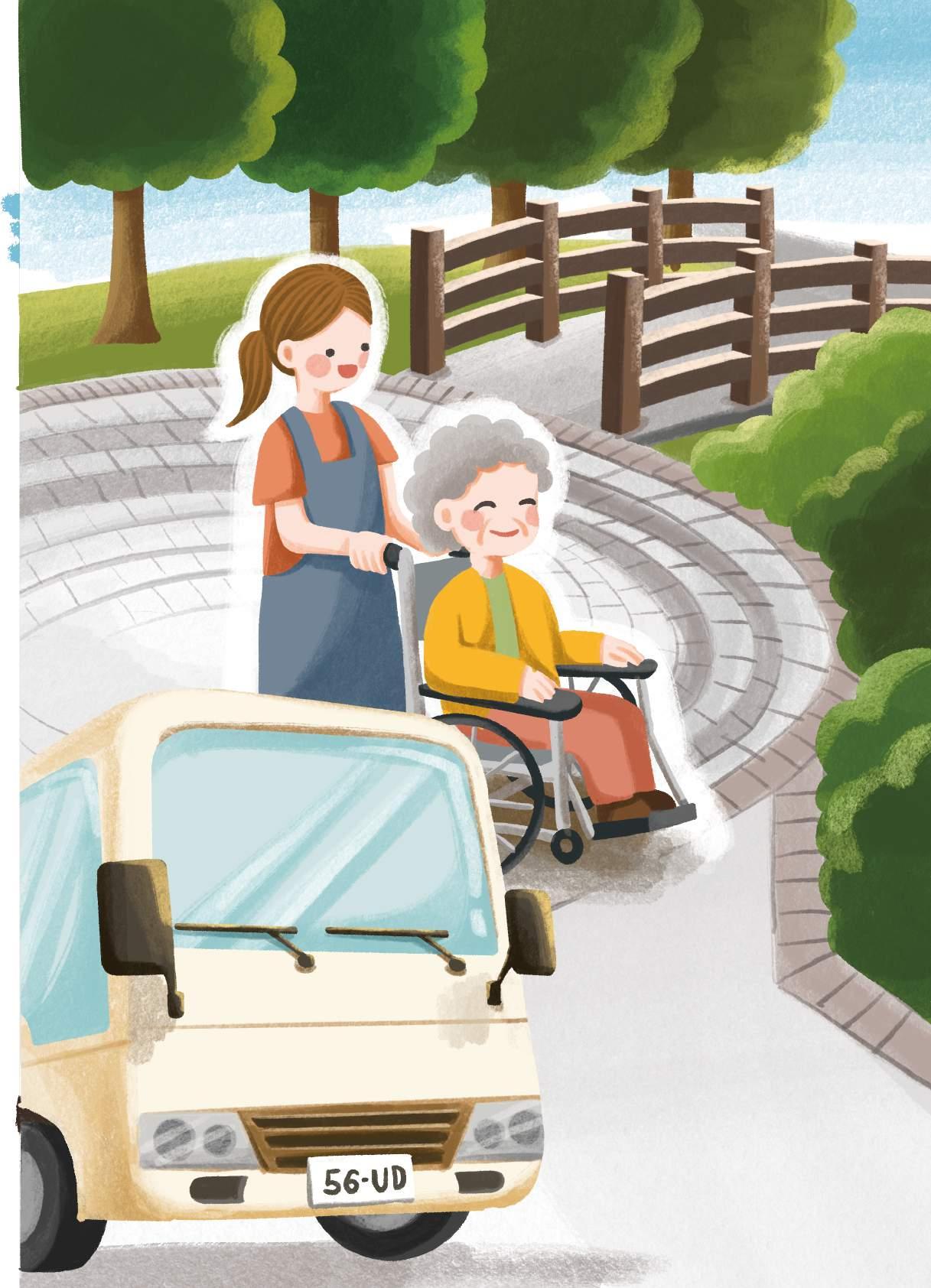
(四)健康生活,低碳部落
(IV).Healthy Living, Low-Carbon Community
空間整合後透過幸福巴士的營運,滿足民 眾外出購物、就學及就醫需求,同時配合 「長庚紀念醫院」完整的照顧與醫療服務 ,提供住民整體性、持續性與人性化的照 護;協助促進健康、維持健康,啟發住民 獨立自主的生活能力,同時讓交通碳排有 效降低,每年約2,160kg。
After spatial integration, the operation of the Happiness Bus meets the residents' needs for shopping, schooling, and medical appointments. In conjunction with the comprehensive care and medical services of Chang Gung Memorial Hospital, the project offers holistic, continuous, and humanized care for residents, promoting independence and reducing annual carbon emissions by approximately 2,160 kg.

(V).Agricultural Practice Upgrade, Coexisting with Nature in a Water-Green Environment
(五)農法生級,與野共生的水綠環境
Agricultural areas are also spaces for wildlife to forage and live. Therefore, appropriately preserving and creating a friendly water-green environment allows plants to continue evolving with the local environment. This forms a close interdependent relationship between humans and wildlife such as birds, butterflies, beetles, soil, and microorganisms, initiating a mutually beneficial coexistence model in the surrounding 187.8 hectares of agricultural land.
農務區域其實是生物覓食與生活的空間。因此適當的保留與營造友善水綠環境,使植物繼續維持 和地方環境共同演化之結果,形塑人和野生鳥類、蝴蝶、甲蟲、土壤、微生物等產生相互依存之 密切關係,開啟周邊187.8公頃農區互利互惠的共生模式。

家不會因為你離開而消失 家是我們記憶中的根,遠永駐紮在我們心中 。
Home doesn't disappear just because you leave. Home is the memory rooted in our hearts.
農 業部農村發展及水土保持署, 與您一起打拼 。

